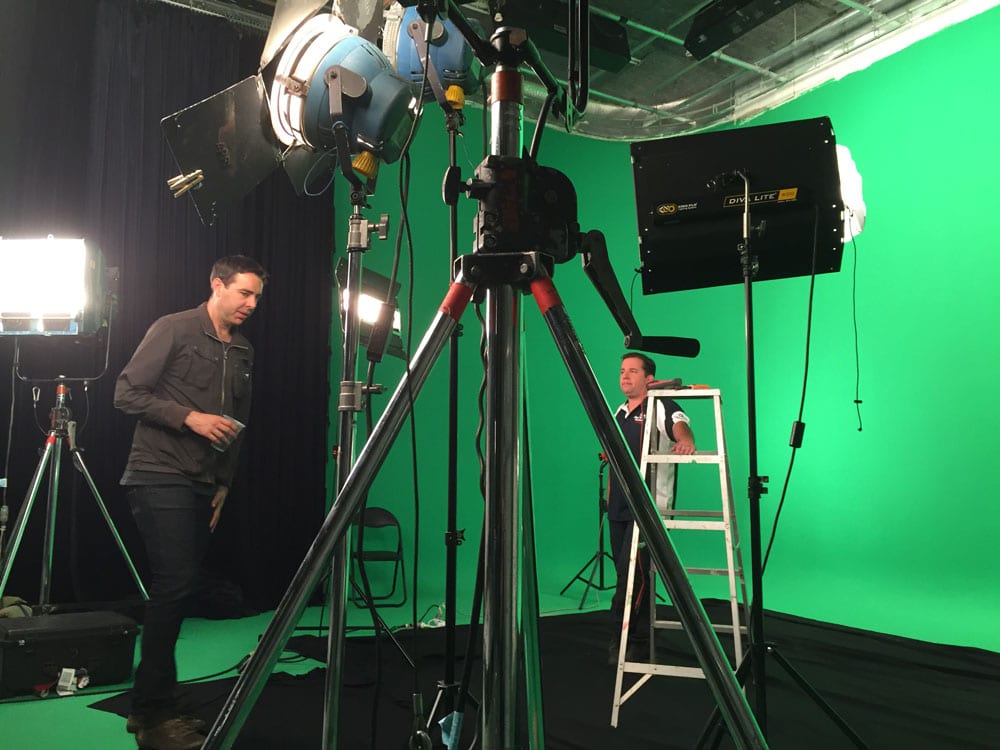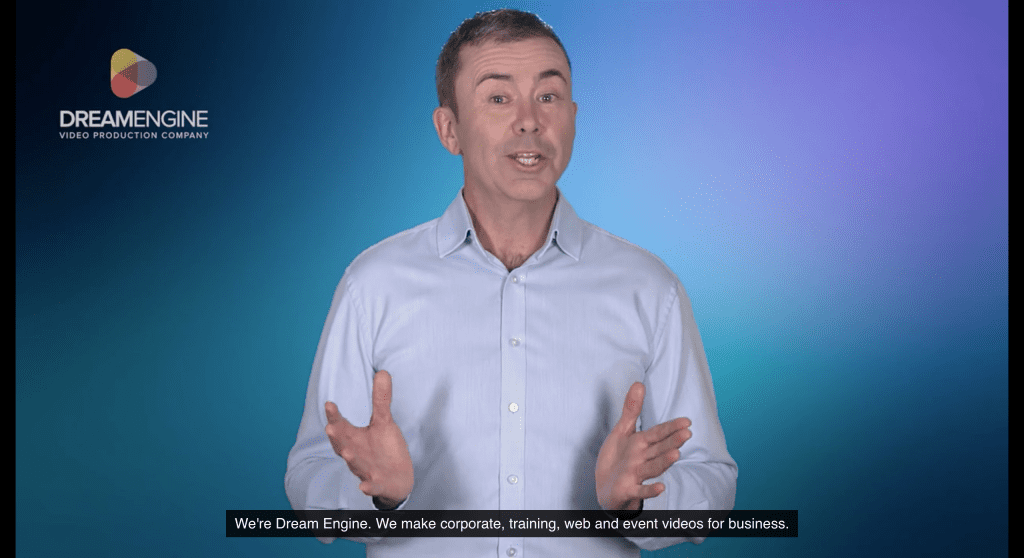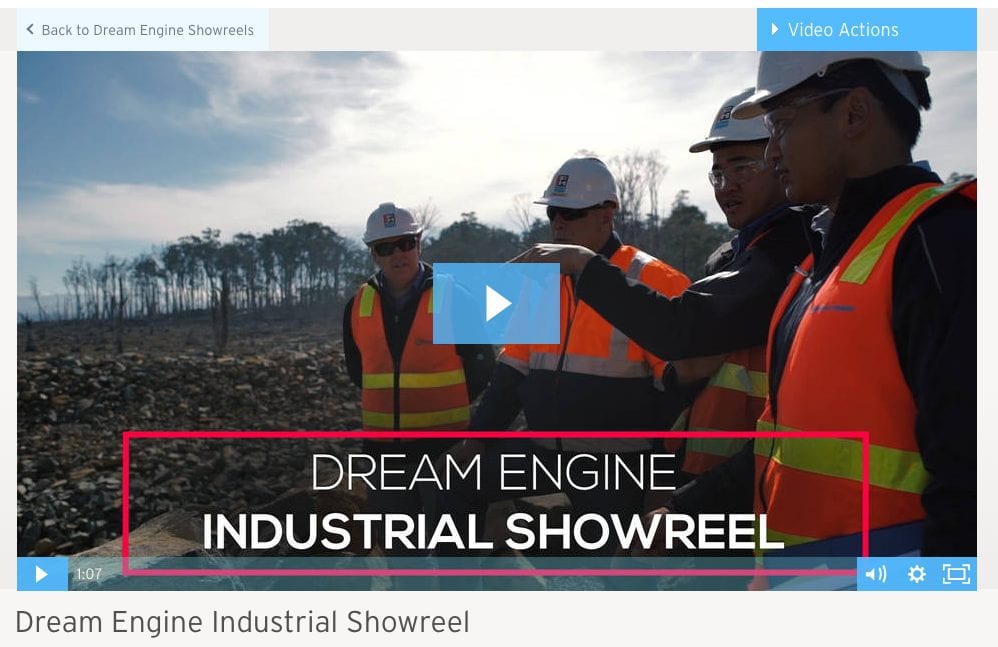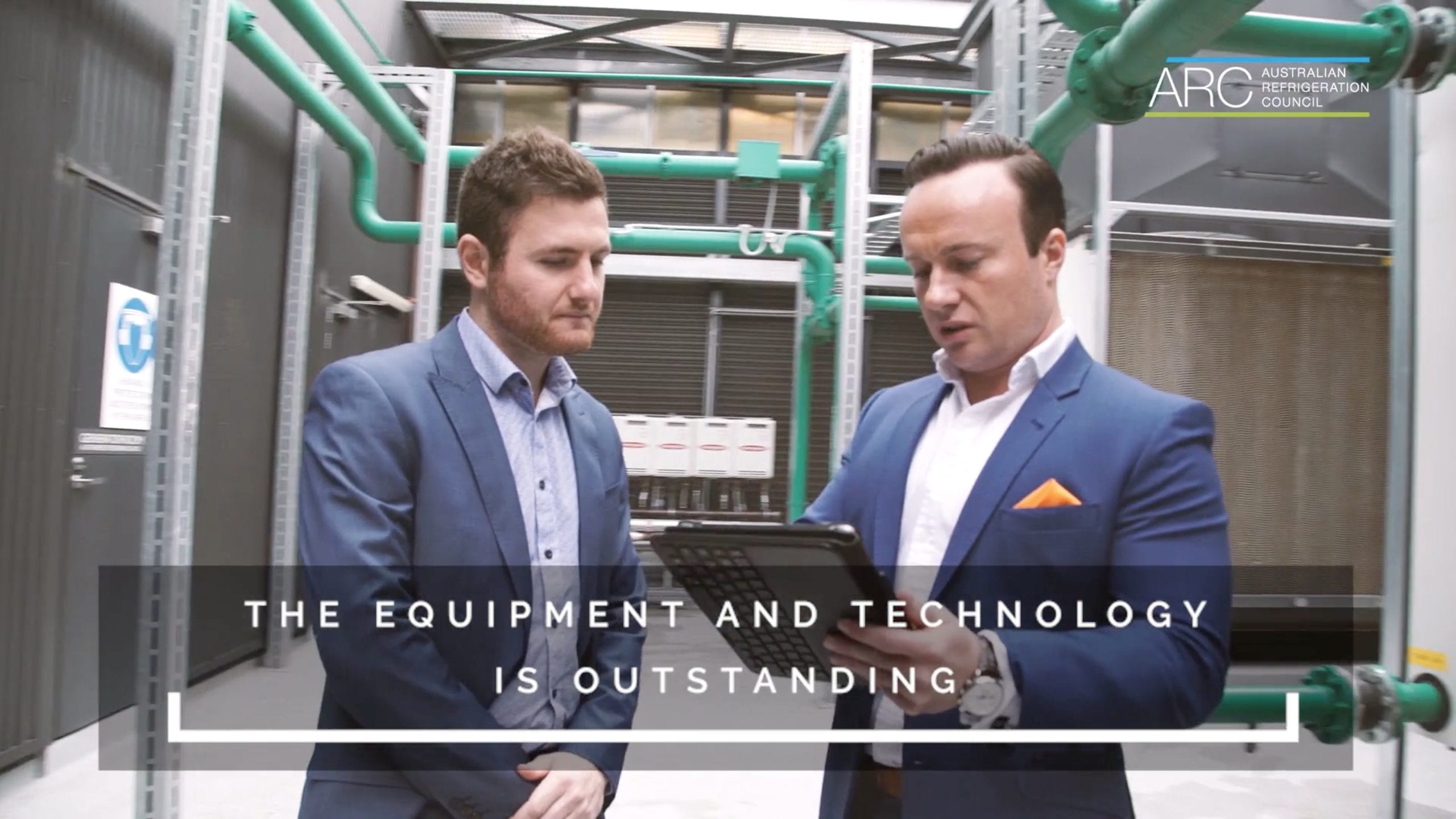Content. Content everywhere. With so many social media outlets, streaming services and endless distractions to keep you entertained, how do you set yourself apart? When you upload your video to the web you have to make the most of its brief window of exposure on social media before it gets scrolled into the abyss.
Create Content with the Audience in Mind
Your online content has to be made for a reason. Content for content’s sake is not going to win anyone over. If your viewers don’t get anything out of watching your video, how can you expect them to keep watching? Think of what your customers want out of you and your products. Do they want to learn how to do something? Or do they just want to be entertained? When you prepare your script or video plan you need to have your audience in mind every step of the way. Ask yourself what they want the most from your videos and base your plan around that. If you create videos that satisfy a need in your audience, you will find that more people will watch, and more people will come back for more.
Shooting for the Web

There is a unique visual language when it comes to shooting videos for the web, especially social media. It’s all about capturing attention and keeping it, so here are some tips for shooting for the web:
• Colour and movement are your best friends. Visually drab videos don’t hold the viewer’s attention
• Fill the screen wisely. Most people will be watching on a small phone screen, so shoot close-ups
• Film faces. Viewers like seeing faces in their videos and it builds a personal connection with the viewer
• Use Green Screen. Green screen will give you unlimited options to play with colour, scale and graphics
• Think about the edit. Frame shots that leave room for text and graphics, and keep your shots short
Cutting a Web Video

Audience attention spans are getting shorter. Research by the aptly named James Cutting mapped the number of edits in Hollywood films from the 1930s to today. The study found that the average length of a single shot went from 12 seconds in 1930, to 2.5 seconds in 2010. There are a lot of contributing factors to this, obviously most recently the rise of music video style editing, rapid cuts and fast movement, and now the sensory overload of Facebook, YouTube and Instagram has made it even harder to keep someone’s attention.
There are several techniques that have adapted to follow the trends of video on social media. The first thing to consider when editing a video for the web is length. Many people won’t even bother clicking on a video if it’s over 2 minutes long. For social media teasers and promotions, 30 seconds is the maximum you should aim for. If you can get your message across even faster, go for it, the shorter the better. For something like a product demonstration or tutorial, the max should be about 2 minutes. If someone is actively seeking out a tutorial for example, they will have a longer attention span than someone just scrolling down on Facebook.
Sound On or Sound Off?

Over the past few years with the increase in AutoPlay videos on social media, a new format of video has emerged, the Text Video. Stemming from many scrollers not having headphones in and not wanting to blast their viewing habits to the public, the text video takes the most important messages being delivered and puts them in big, bold text so the video makes sense with sound on or off. This can also be achieved with closed captioning to a more subtle effect if there’s a lot of talking, but with action based videos with not a lot of dialogue, the text video is ideal. It is important that all your videos for social media get their point across with the sound on and off.
Have a Great Thumbnail

You have to grab the audience’s attention from the first frame, which includes the video thumbnail. The thumbnail image should be selected as a representation of the video as a whole, you should select an eye-catching frame from the video and apply text with the title or topic of the video. If your thumbnail is just a randomly selected frame from the video, you can end up with a thumbnail that tells you absolutely nothing about the video, so why would anybody click play? For a detailed look at how to prepare your video for different social media outlets, click here.
If you are looking to boost your web video presence and create videos that people will actually watch, get in touch with Dream Engine today.

Ryan Spanger is one of Melbourne’s most respected and sought-after video production professionals. Ryan founded Dream Engine in 2002, and specialises in helping medium to large corporates, government departments, and the non-profit sector to connect with their audience more effectively by using video.


